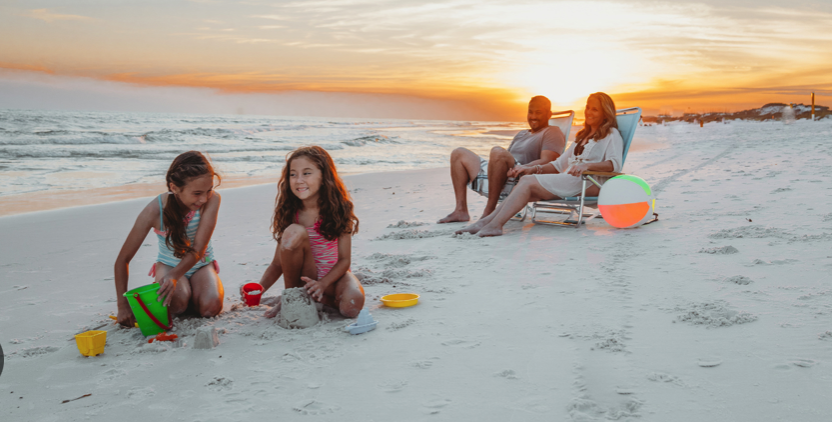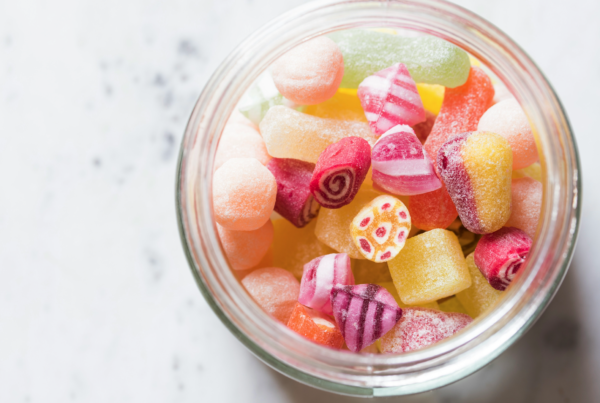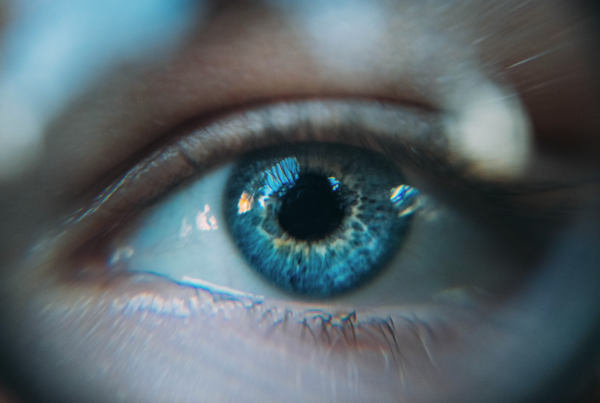There are over 1700 sunscreens on the market. Sunscreen is a good protection against the harmful effects of UVA and UVB rays, however the chemicals used in the formulas have been proven to be, in some cases, more dangerous than the sun itself.
Reading more about sunscreen will guide you to understand how to choose a safe product. Even among the well-known brands, only a few offer safe sunscreens. Nivea, Mixa, La Roche Posay, Caudalie for instance offer products containing high risk substances (see charts here).
In most people’s minds, the higher the factor the greater the guarantee of good protection. This is actually nonsense, or at least misleading, as it turns out a high level of chemicals heated by the sun on your skin can transform into a harmful cocktail.
The most important facts about sunscreens:
- Use UVA/UVB Broad Spectrum sunscreens that block out UVA and UVB rays. An SPF 30 is sufficient according to the latest findings by the US Food and Drug Administration (FDA). Higher SPF’s do not give more than 1-2% extra protection and can contribute to skin cancer because the chemicals are stronger.
- Reapply sunscreen every 40 minutes if going into the water, otherwise every 2 hours. No sunscreen will protect for more than 2 hours.
- Do not buy any sunscreens that contain hormone disrupters: OXYBENZONE (found in many suppository healthy, mineral-based sunscreens!), octinoxate, benzophenone and Vitamin A which can contribute to skin cancer. A very important article (link here) on EWG website is a must-read for parents – it gives an excellent summary of the dangers for children of chemical substances and their danger for children.
- Also avoid the following chemicals: parabens, phthalates, bisphenol A (BPA) and do not use any sunscreens that contain nano-particles, often found zinc or titanium oxide type of sunscreen. These don’t leave a white residue, which is appreciable at an aesthetic level, but not good for your health (read more here to understand why).
- Avoid sprays and powders – they can enter the lungs and eyes.
- For some people, sunscreen is not sufficient, they need to be mindful of exposure times (avoid 11am-3pm) and use hats and shirts as protection, especially for children.
Focus on the dangerous ingredients

Oxybenzone is a widely used UV filter in chemical sunscreens. It has been found to cause skin irritation and allergies in some individuals. More alarmingly, research has shown that oxybenzone can be absorbed through the skin, leading to hormone disruption and potential harm to coral reefs when washed off in the ocean.
Octinoxate is another common UV filter linked to hormone disruption, reproductive toxicity, and harm to marine life. Like oxybenzone, octinoxate is readily absorbed through the skin and has been detected in human blood, urine, and breast milk.
Homosalate is a UV filter that has been shown to disrupt estrogen, androgen, and progesterone hormones. This disruption can lead to developmental, reproductive, and metabolic issues, as well as concerns about the safety of long-term use.
Octocrylene is another chemical sunscreen ingredient that has been associated with skin allergies and irritation. It can also produce free radicals when exposed to sunlight, which can cause oxidative stress and potential DNA damage.
Hawai and other places have banned sunscreens containing oxybenzone and octinoxate due to their harmful impact on coral reefs.
Safety sunscreen application measures
If you’re using a chemical sunscreen, you do need to:
- Rub it into your skin so that it absorbs
- Give it 20-30 minutes to fully absorb before you go into the direct sun (source)
- Make SURE you reapply every hour or two at least, because once the sunscreen absorbs far enough into your skin, it not only stops working but actually interacts with the sunshine (ironic, right) to cause free radicals and oxidation in your skin, which cause cancer.
If you are using a mineral sunblock, it begin to work right away AND do not cause problems if you forget to reapply, as long as you haven’t physically wiped or washed the sunscreen off your skin.
Best of all actually is to expose the body to the sun with no protection at least 15 minutes a day, avoiding the 11am-3pm time frame. It will increase the Vitamine D levels in the body. This need to be done with precaution, and probably better avoided with in the summer for people who have ultra fair skin complexions (pale skin, blue eyes).
Extra reading :
- EWG 16th Sunscreen report (Environmental Working Group) here
- Randomized Clinical Trial showing that chemicals in sunscreens are absorbed into your blood flow here
- Nine surprising truths about sunscreen here
- Don’t scream for sunscreen here
- The creation of the Sun-Scare here
Products that seem OK to use and that protect the ocean:
Mádara See Product here
Laboratoires Biarritz See Products here
EQ See Products here






